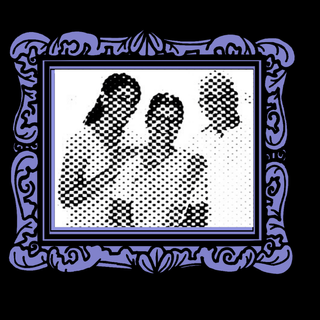In The Buzz Cut, we bring you a round-up of all the weird, controversial, and wonderful stories we’ve been reading all week.
This week, #BlackLivesMatter protesters, enraged after a Minneapolis cop killed George Floyd, are calling to defund the police. In a world where the police cannot protect and serve all Americans, does the institution of police deserve to stay afloat?
*
What would a world without the police look like? While communities throughout history have figured out different ways of policing its people, the institution of police is relatively new. Here are six ways we could go back to less institutionalized models of law enforcement.
*
Conspiracy theory nuts are usually thought to be alienated, less-educated, radicalized groups, such as anti-vaxxers. The Covid19 pandemic, however, has turned many nurses and doctors — who usually support the medical establishment — into conspiracy theorists, who for example, believe the coronavirus is a bioterrorism agent. The reason: science has let them down.
*
Looting has often accompanied agitations around the world, resulting in robbed stores and damaged property. As the world debates the efficacy of looting and other forms of violent protest, The Atlantic asks why people loot at all, and what it adds to their activism.
*
An exploration of the ‘Bombay Girl’ and the ‘Delhi Girl’ aesthetic, popularized in pop culture right from the ’50s when women were shown publicly owning space and exploring their individuality, shows what the women epitomized in these aesthetics have contributed to the modern woman, who wears her freedom on her sleeve. Supriya Nair and Meher Verma assess this impact through the lens of fashion, and how what the ‘Bombay Girl’ and ‘Delhi Girl’ have worn over generations tells us about their claim to public space.
*
This week, New York Times staffers spoke up against the broadsheet’s decision to publish an opinion editorial by U.S. Senator Tom Cotton, who advocated for sending in the troops to handle the #BlackLivesMatter protests reverberating throughout the country. “This puts Black @nytimes staff in danger,” many tweeted. It serves as a prime example of how the Times is increasingly perceived by some leftists — in a nutshell, they can’t stand it.
*
After the #BlackLivesMatter protests for George Floyd swept the world, both online and offline, brands saw an opportunity to jump on the bandwagon to once again display a show of solidarity to capitalize on a cultural conversation that they had no intention of internalizing in their everyday operations. The message from their audiences, however, was loud and clear — the revolution will not be branded.
*
Pride has always been a protest. In recent years, however, communities around the world have lost sight of Pride’s activism roots in favor of celebration. With the George Floyd murder, however, queer activists are redoubling their efforts to portray Pride as an uprising against oppressive forces, attempting to bring the legacy of Stonewall to 2020.




